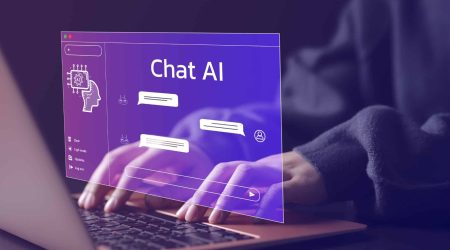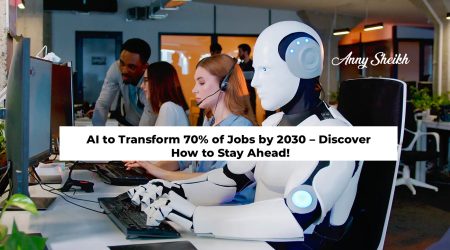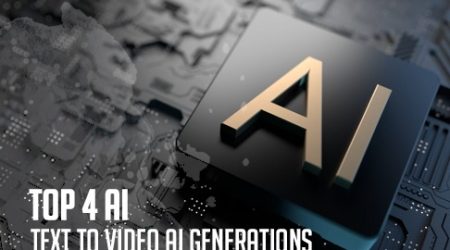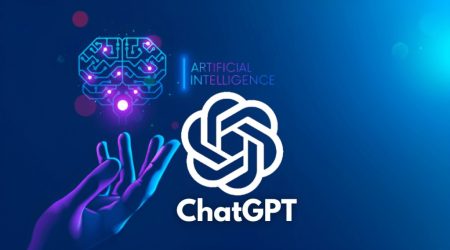How to Engage and Motivate Employees in the Age of AI
Introduction:
Work as we know it is being disrupted by the AI era. Furthermore, many individuals who have been well-trained for their professions for a long time may find themselves in unfamiliar territory as businesses begin to use intelligent technology earnestly.
The good news is that workers are prepared to accept the impending adjustments. An Accenture survey on the future workforce found that more than 60% of employees are optimistic about how AI will affect their jobs. Additionally, two-thirds agree that to collaborate with intelligent robots, they must acquire new abilities.
How can employers and workers agree on investing in AI capabilities and skill development? Senior executives should first ascertain the skills their employees require and seek clarity regarding capability shortages. Leaders should then adopt a strategy that develops those abilities for collaborating between humans and AI.
1. Making the most of educational applications
To provide employees with a more dynamic and interesting learning experience, learning and development (L&D) leads now consider educational apps and software to be indispensable resources.
Employees may now study at their own pace thanks to AI tools that are integrated into many learning apps, which helps learning become a seamless part of their everyday routine. Instead of depending on conventional PowerPoint-based onboarding, large language models (LLMs) such as OpenAI’s ChatGPT can let businesses create their model that searches across Google documents and current knowledge systems to give employees the most correct information.
2. Developing Workflows That Are More Agile
With automation growing in popularity, businesses are concentrating on creating more flexible working practices that let people coexist peacefully with robots. To foster a more collaborative working atmosphere, offices are being completely renovated and hierarchical lines are becoming less distinct.
Workers are becoming more independent due to the flexible working environment. They can contribute significantly to the team and have more control over their day. This ought to be a primary driver for embracing the AI era.
Automation allows workers to avoid hazardous and tedious chores that take time, even in previously physical work environments like the manufacturing industry. This should encourage workers in manufacturing organizations to become well-versed in the latest technology.
3. Microlearning: Knowledge in bite-sized chunks for today’s workforce
Microlearning is a method of teaching that breaks up material into manageable parts so that staff members may swiftly assimilate the knowledge and use it in their regular work. Because it accommodates shorter attention spans and hectic schedules, this learning approach is ideal for the modern workforce.
There are many other ways that microlearning can be presented, including infographics, podcasts, interactive tests, and quick films. Presenting information in a clear, interesting way that is easy to read in a short amount of time is crucial.
Through the implementation of microlearning in staff training and development initiatives, organizations can accomplish the following goals.
Boost the recall of knowledge:
Research has demonstrated that microlearning raises retention rates. Smaller bits of information are easier for the brain to digest and remember.
Increase engagement:
Employees find microlearning more enticing since it is bite-sized, which motivates them to take part actively in their education.
Increase adaptability:
Workers may learn at their own pace and find it easier to integrate learning into their hectic schedules by having access to microlearning resources whenever they choose, from any device.
Conclusion:
Lastly, the self-determination theory is a great way to inspire workers in the age of automation. Growth Jockey is in favor of this mostly because every company wants its workers to perform at their highest level with the least amount of supervision and meddling.
According to this idea, workers perform at their best and most productively when their demands for competence, relatedness, and autonomy are met. Organizations must keep a careful eye on whether these needs are being met.
Increased output, a healthy work-life balance, and improved well-being will result from this. Additionally, each worker will be prepared to accept automation.[/vc_column_text][/vc_column][/vc_row]














Comments (9)
BaddieHub Good post! We will be linking to this particularly great post on our site. Keep up the great writing
Thanks ALot
Insanont I truly appreciate your technique of writing a blog. I added it to my bookmark site list and will
Thank you so much! I’m thrilled you enjoyed my writing technique. Happy bookmarking!
NY weekly Good post! We will be linking to this particularly great post on our site. Keep up the great writing
Thanks.
YouJizz This is my first time visiting here, and I’m really glad to find everything in one place
Thanks for your wonderful feedback!
I don’t think the title of your article matches the content lol. Just kidding, mainly because I had some doubts after reading the article.